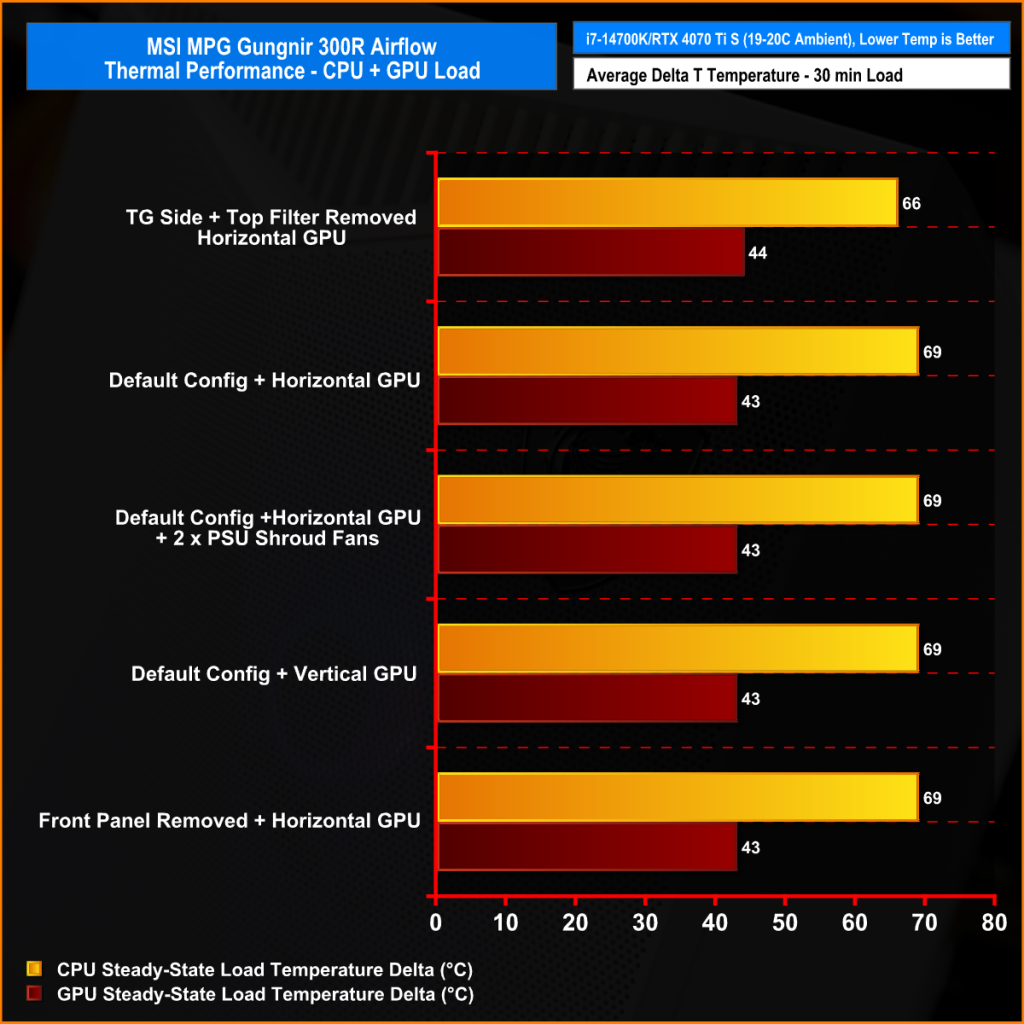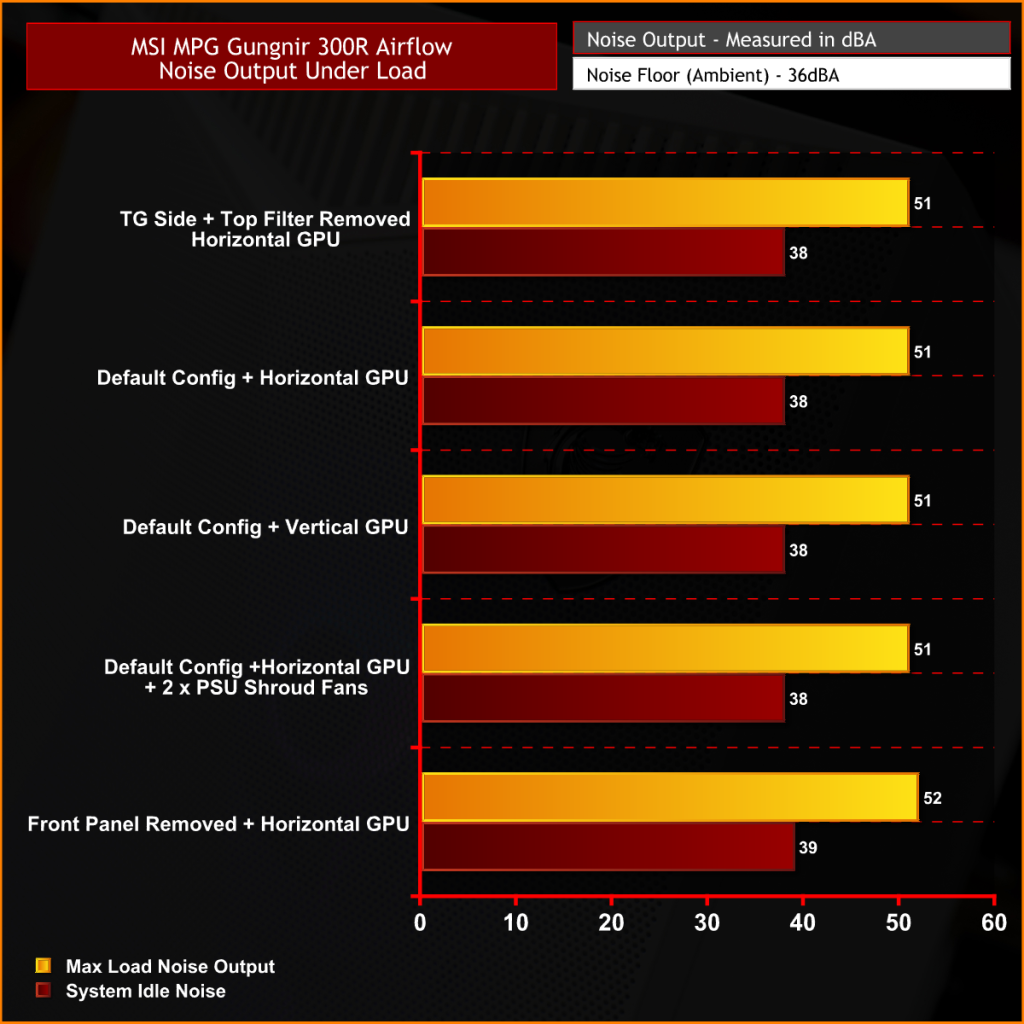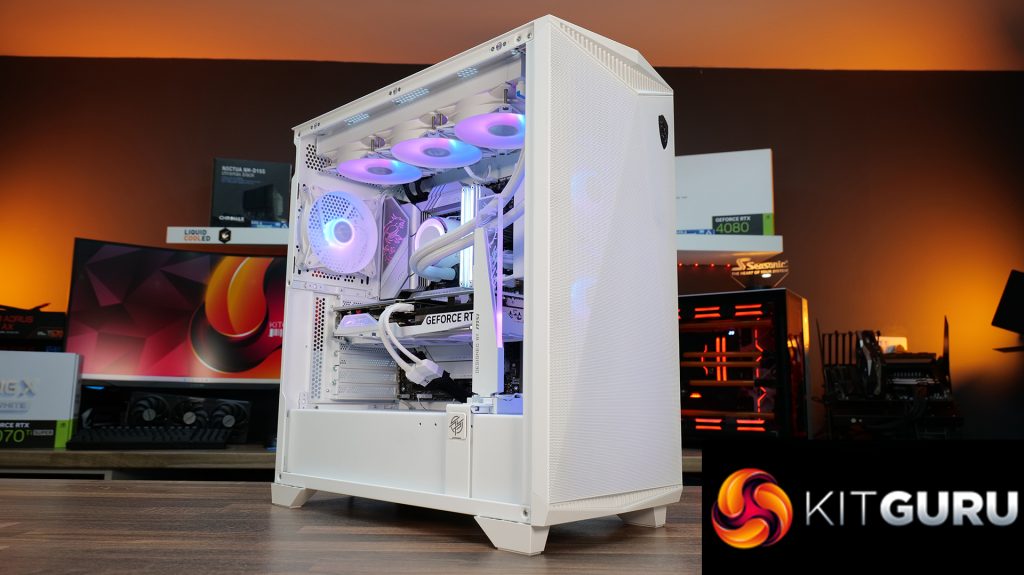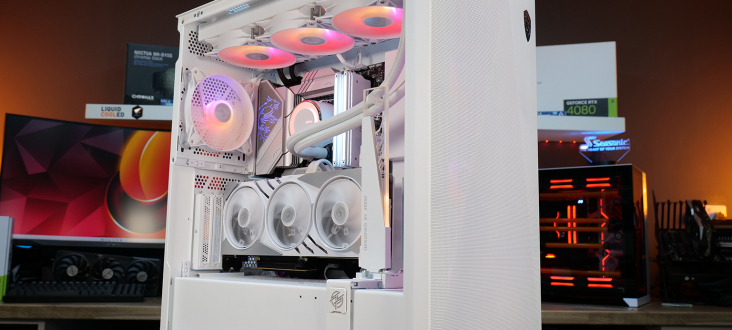Upon examination of the MSI MPG Gungnir 300R Airflow case, it is apparent that this model embodies a more compact and budget-friendly design compared to its predecessor, the MEG Prospect 700R. Despite sharing some core aspects such as enhanced airflow and modular components, the 300R boasts a more accessible price point of around £160, which may cater to a broader audience. Is this case truly worth its asking price? Let’s delve deeper into its features and performance.
The MEG Prospect 700R. This New MSI MPG Gungnir 300R Airflow Shares some basic DNA of the 700R like high airflow panels and some modular parts. It’s cheaper and smaller, appealing to a broader audience, but is it worth the £160 asking price?
By:
00:00 Commencement
00:49 Unveiling the 300R
01:54 Closer inspection
03:08 Front I/O panel
03:24 Fan and radiator compatibility
05:01 CPU and motherboard support
06:32 Graphics card stand flexibility
07:54 Cutouts and GPU aid
09:04 Rear panel overview
09:31 Storage possibilities
10:44 PSU accommodation
11:27 Wiring and ARGB/Fan controls
11:56 Front, top, and bottom aspects
13:33 Supplementary items and wire organization panel
14:14 Assembling hardware
15:44 Final assembly
17:39 Thermal efficiency
19:02 Evaluation by James
20:22 Concerns, pricing, and conclusion
Key Features of the MSI MPG Gungnir 300R Airflow:
- Exceptional cooling potential supporting up to 10 fans of varying sizes, dual 360mm radiators, and 80mm of top space for push-pull radiator setups.
- A toggleable PCIe bracket allowing swift conversion from 7 horizontal to 4 vertical PCIe slots.
- Includes three pre-installed 120mm ARGB fans and a six-port ARGB/fan hub.
- The versatile omnidirectional graphics card stand can be adjusted to accommodate various graphics card orientations.
Specifications:
- Case Type: Mid-Tower
- Dimensions: 505 x 235 x 510 mm
- Material: Steel / Plastic
- Motherboard Support: E-ATX(up to 280 x 305 mm) ATX / M-ATX / ITX
- Expansion Slots: 7 Horizontal (4 vertical)
- Storage Bays: 6 x 2.5”, 2 x 2.5” / 3.5”
- Max GPU Length: 360mm
- Max CPU Cooler Height: 175mm
- Max PSU Size: Above 220mm
- Fan Support: 3x 120 mm / 3x 140 mm (Front) 3x 120 mm / 2x 140 mm (Top) N/A (Side) 2 x 120mm (Bottom/PSU Shroud) 1x 120 mm / 1x 140 mm (Rear)
- Pre-installed fans: 3 x 120mm (Front) 1 x 120mm (Rear)
- Radiator Support: 120 / 140 / 240 / 280 / 360 mm (Top) 120 / 140 / 240 / 280 / 360 mm (Front) 120 / 140 mm (Rear)
- Dust Filters: Top, Floor, R/H Side
- Front I/O: 2x USB 3.2 Gen 1 Type-A, 1x USB 3.2 Gen 2×2 Type-C, 2 x 3.5mm Mic-In / Audio-Out, LED Switch Button, Reset Button, Power Button
Thermal Proficiency Testing
In order to replicate thermal demands accurately, we conduct the Cinebench R23 multi-thread benchmark and 3DMark Speed Way stress test concurrently in a loop for 30 minutes to fully load the system. This enables the CPU and GPU to reach a consistent steady-state temperature. By analyzing this data, we can compare how effectively the system manages thermal demands and assess peak noise levels.
Thermal performance is evaluated with the case in various configurations, including default settings, removal of the tempered glass left-hand side panel, and elimination of the front panel to observe their impact on CPU and GPU temperatures. Only stock case fans are utilized during testing unless stated otherwise. All water pumps operate at maximum RPM, and fans adhere to a custom RPM curve set by the motherboard software/BIOS.
All temperature measurements are depicted in Deltas – subtracting ambient temperature from the CPU temperature to ascertain a Delta value. The data displayed in charts represents the average component temperature throughout the test duration measured by HWiNFO, with the final 15 minutes of data used to calculate the average. Ambient temperature during thermal tests ranges between 19-20⁰C.
Test System Specifications:
Overview of Thermal Performance
We conducted thermal tests using various case configurations with a 360mm AIO CPU cooler and an additional 2 x Noctua NF-F12 PWM fans where applicable.

Adjusting the case configuration and graphics card orientation had minimal impact on thermal performance. Removing the side panel and top dust filter resulted in a 3°C decrease in CPU temperature, while GPU temperature remained stable around 43°C throughout testing. Removing the front panel did not influence component temperatures, indicating minimal airflow hindrance from the panel.
Transitioning the graphics card to a vertical mount did not affect thermals significantly, as this 3-slot GPU can be positioned away from the glass side panel. Adding two fans to the top of the power supply for intake did not alter GPU temperature, as one fan is obstructed by the power supply unit.
Noise Levels

Similar to thermal performance, noise levels remained consistent across different case configurations. Since fluctuations in CPU and GPU temperatures barely affected fan speeds, noise levels remained almost unchanged, except for when the front panel was removed.
Final Thoughts
Previous MSI case reviews featured either budget models offering essential features at competitive prices or high-end cases brimming with premium components at a premium cost. Positioned between these two categories, the Gungnir 300R Airflow is priced at £160, striking a balance between affordability and quality components. Equipped with four ARGB fans, a six-port fan/RGB hub, modular panels, and a versatile stand supporting various graphics card sizes in different orientations, the case delivers in several aspects.
However, modern expectations demand more value for the price, especially with other manufacturers offering similar features at lower costs without compromising on build quality. While the MSI Gungnir 300R Airflow excels in panel modularity, build quality, and cooling capacity, it falls short in certain areas. The absence of support for MSI’s Project Zero feature, lack of cable cut-out grommets, and the absence of a removable top panel are notable drawbacks in an increasingly competitive market.

Furthermore, while the GPU anti-sag stand is commendable, it does little to differentiate itself from similar options available in other cases. The conventional ATX case layout with front intake fans and top/rear exhaust is becoming outdated, with newer cases adopting side and even bottom intake configurations for enhanced cooling. Coupled with the lack of Project Zero support, the Gungnir 300R Airflow appears somewhat outdated upon release.

The MSI MPG Gungnir 300R Airflow in white is currently available for purchase from Overclockers UK at a price of £159.98 HERE.
Pros:
- Uniform white cabling in white variants.
- Effective cable management channels and straps.
- Reliable GPU stand functionality.
- Optimal airflow and cooling performance.
Cons:
- Relatively expensive compared to competitors.
- Lack of backward-compatible motherboard support.
- Absence of removable top fan/rad bracket.
- Missing cable cut-out grommets.

Support Us by Becoming a Patron!











